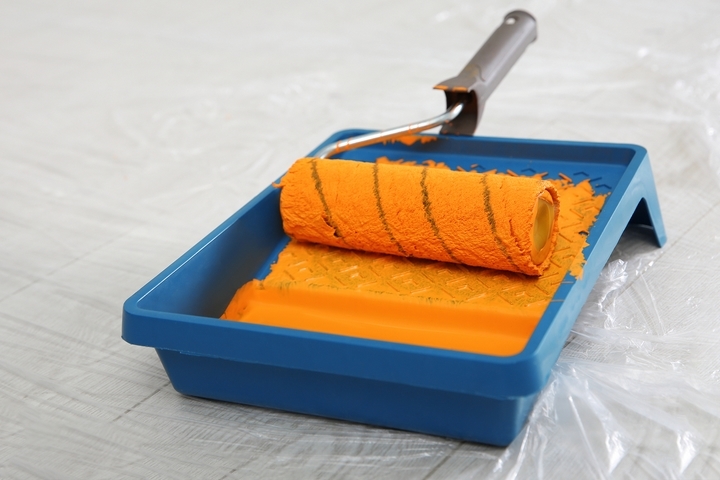10 Different Types of Paint Rollers and Their Uses
If you haven’t painted before, you may not know that there are several different types of paint rollers available. The reason why there’s a variety of rollers out there is because each is personalized to suit a specific job. Choose the wrong roller and you could have a paint job requiring a redo.
Professional painters will know which paint rollers to use for their jobs. Here are the different types of paint rollers you can buy and what to consider when browsing for them:
Type #1: Manual Paint Rollers
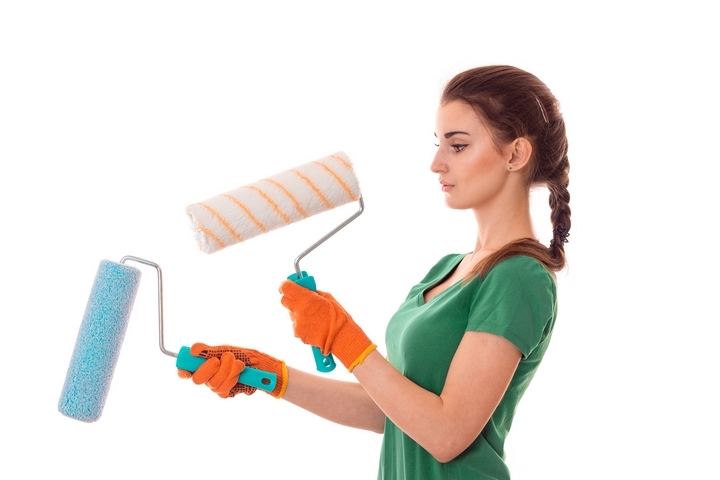
A manual paint roller is the type we all think of when we think of paint rollers. They are used to apply paint to walls and ceilings. The extended length of their handles make them convenient when painting high surfaces. The biggest disadvantage to a manual roller is if you’re using it particularly high, it’s likely to drip paint down below.
Type #2: Pad Paint Rollers
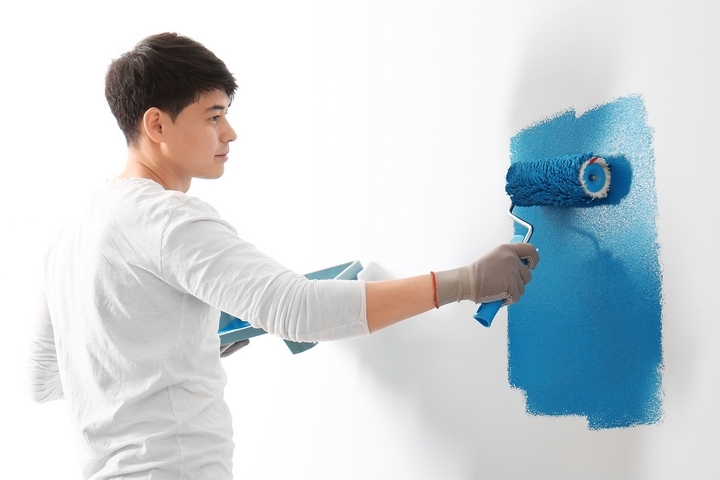
Pad rollers are designed for use on trim and edging. They are highly absorbent and flat, and are meant to be used in straight and even strokes. You may notice using other types of rollers that they tend to splatter paint as they roll over a surface.
A pad roller lies completely flat which eliminates any opportunity for splattering or dripping. The flat design also makes the pad roller easier to hold and carry paint. Any time you intend to paint a surface two or more colors, this is the roller for you.
Type #3: Textured Paint Rollers
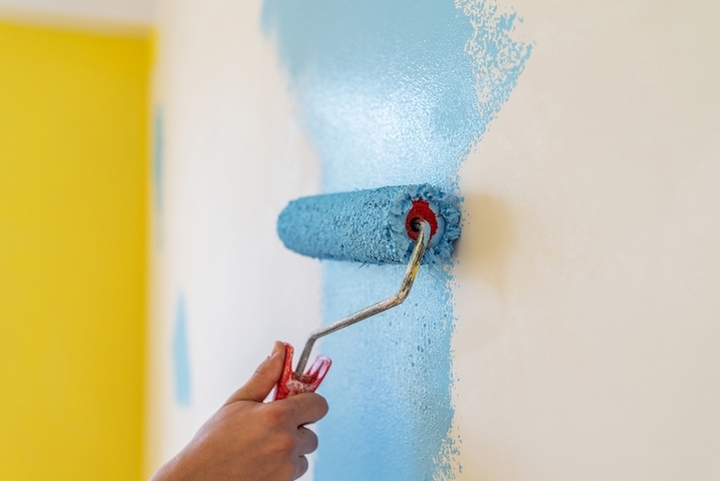
Textured rollers are meant to help transfer paint onto a surface with texture. With special foam covers complete with patterns etched into them, this is the quickest and most accurate way to apply paint in a way that creates an artificial finish. They make textured rollers simulating wood grain, brick, stone, tile, and similar interior design patterns. Textured rollers are meant for large surfaces, such as walls and ceilings.
Type #4: Mini Hot Dog Paint Rollers
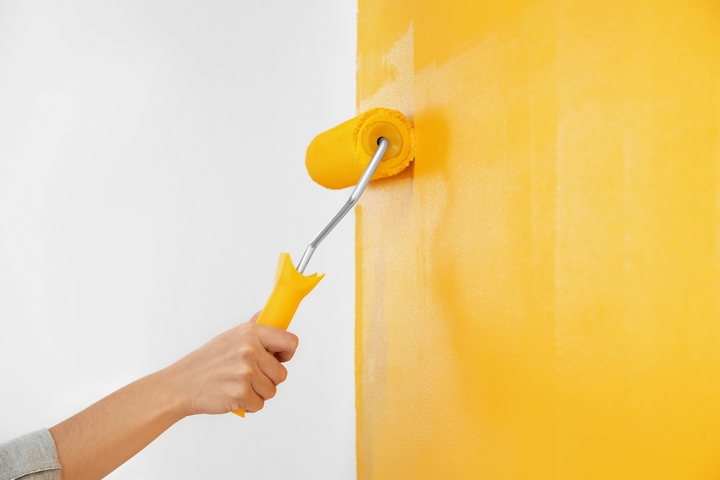
Mini hot dog rollers, aka miniature paint rollers, are shaped accordingly and meant to reach difficult areas that a regular manual roller can’t. Mini hot dog rollers are effective in painting behind fixtures such as toilets and sinks. They are most commonly used to paint cupboards, shelving, and rolling doors.
Akin to pad rollers, mini hot dog rollers can also apply paint to trim and edging with ease. The only drawback to this very, very handy roller is it’s easy to pick up too much paint and then, with that comes splatter.
Type #5: Specialty Paint Rollers
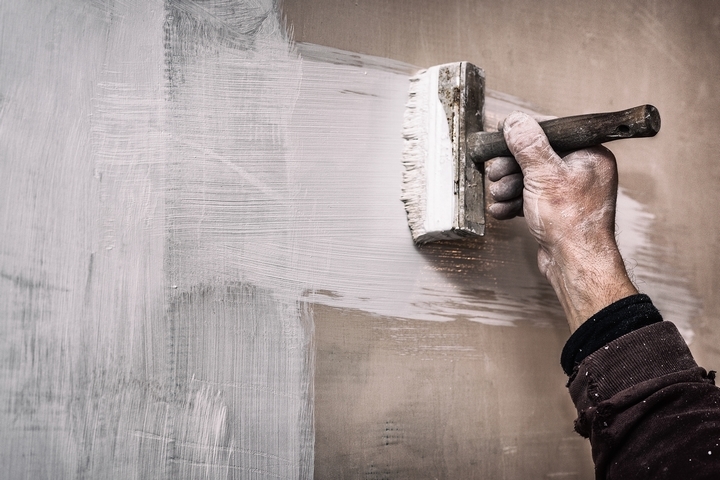
Specialty rollers are often recommended by the paint manufacturer. When applying textured paints, specialty rollers are used. They tend to cut down on splatter, are very absorbent, and transfer paints like suede, stone, and light plasters with ease.
Type #6: Thick Nap Paint Rollers
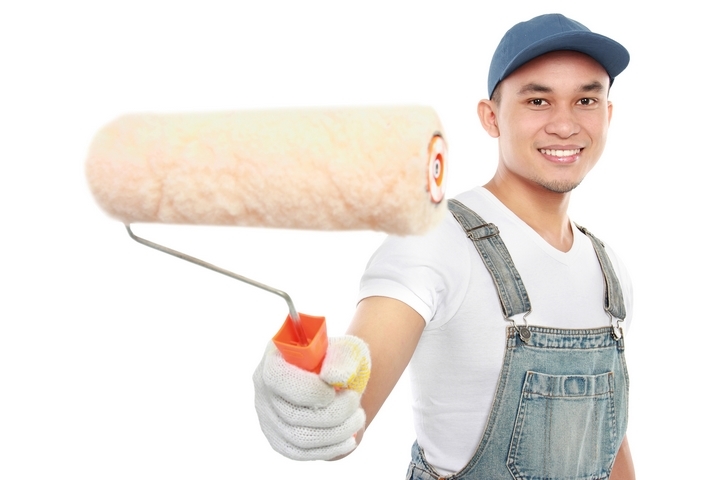
A sub category of paint rollers relate to the nap. Any 3/4″ nap or 3/8” nap is considered ‘thick-napped’. Thick nap rollers are best for use on stucco, decking materials, brick, masonry, and ceilings and drywall. Most of the time, you will be using thick nap rollers to paint. They carry more paint and can get into crevices that a thinner nap cannot.
Type #7: Thin Nap Paint Rollers

A thin nap paint roller uses either a 1/4″ nap or a flat foam nap. They are used most often on materials where you need the smoothest finish possible. Some wall painting uses thin nap paint rollers. The most common materials that use this type of roller are wood and metal.
Should you employ a thick nap roller on a surface where a thin nap roller is recommended, the result will unfortunately resemble an orange peel texture. Hardly what you want!
Type #8: Microfiber Paint Rollers

Microfiber rollers are eco-friendly, affordably priced paint rollers that are meant to be used repeatedly. Microfiber rollers hold onto paint better than your average paint roller, resulting in minimal splatter and an overall smooth application of paint.
Although they can be seen as the best type of paint roller, there is a time and place to use them. Microfiber rollers should only be used on projects where a smooth, consistent application is desired. If you’re looking for texture, you won’t find it here.
Type #9: 9” Long Paint Rollers
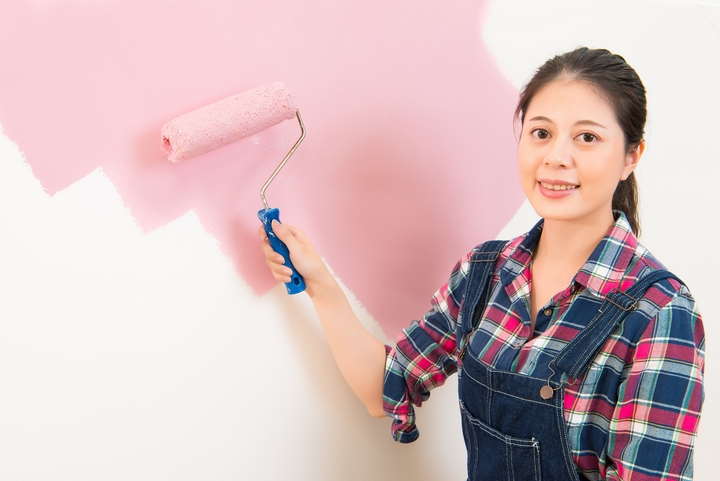
Even amateur painters can see visually what’s the most appropriate size for a given paint assignment. Walls and ceilings use the industry-standard 9” long roller. For any large surfaces, choose this size. This gives you enough area to soak in the right amount of paint without abundance and provides the size to get the job done as fast as is reasonably possible.
Type #10: 4” Small Paint Rollers

At the other end of the size spectrum, you have 4” small roller frames which are used on paint projects relating to doors, furniture, and cabinets. For these sort of projects, you may still have difficulty depending on a material’s size and texture. To resolve this issue, a specialty roller or alternative type of roller may need to be used in conjunction with the four-inch frame.

